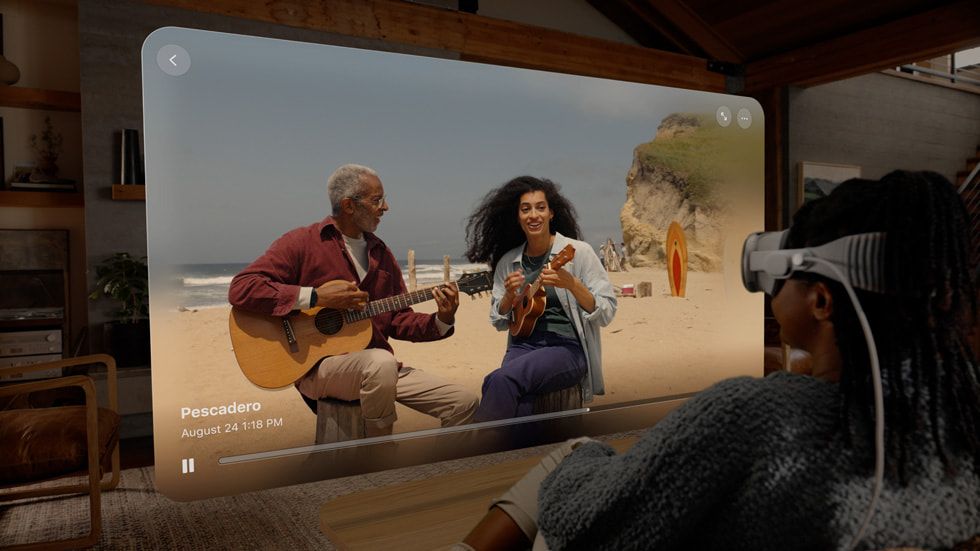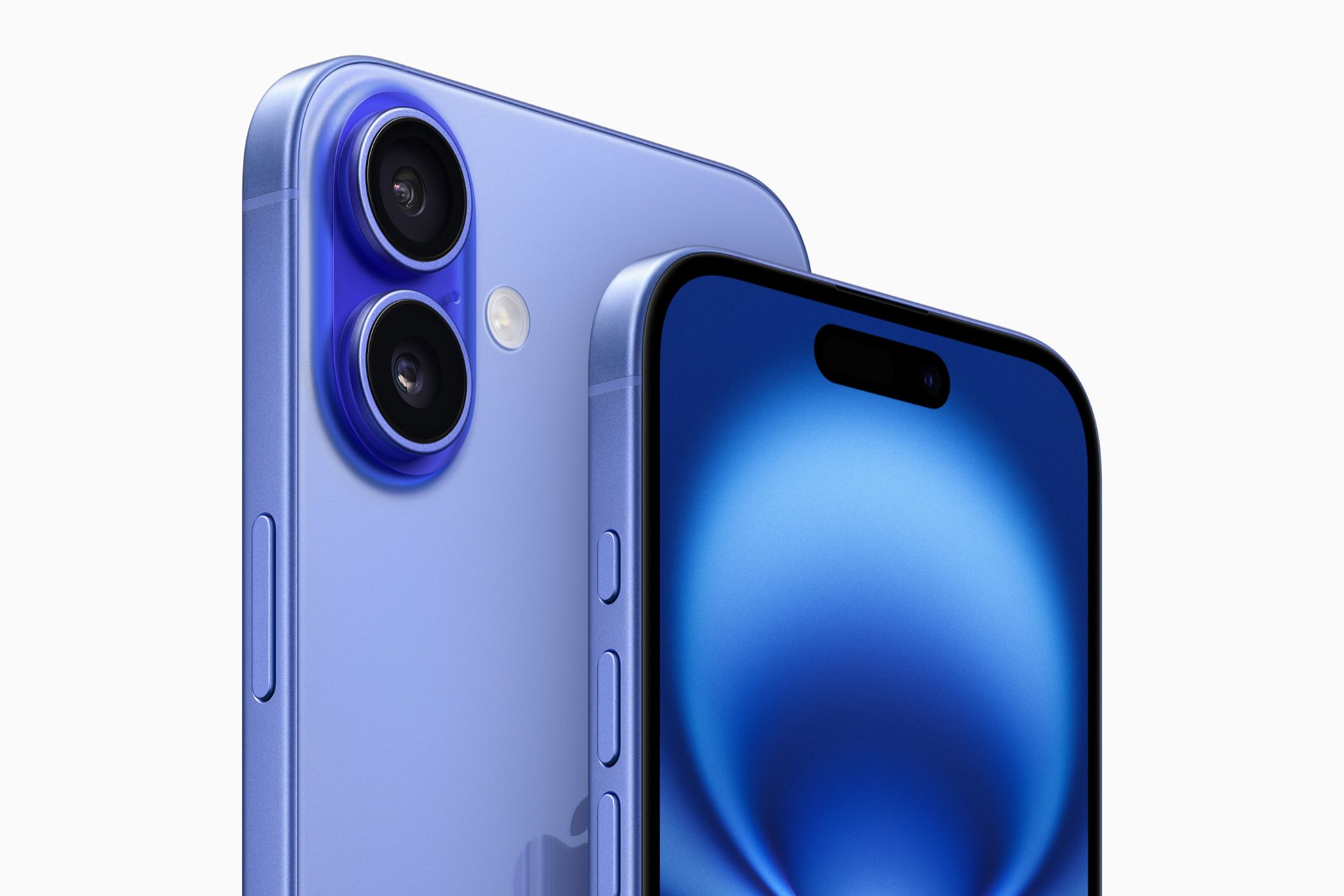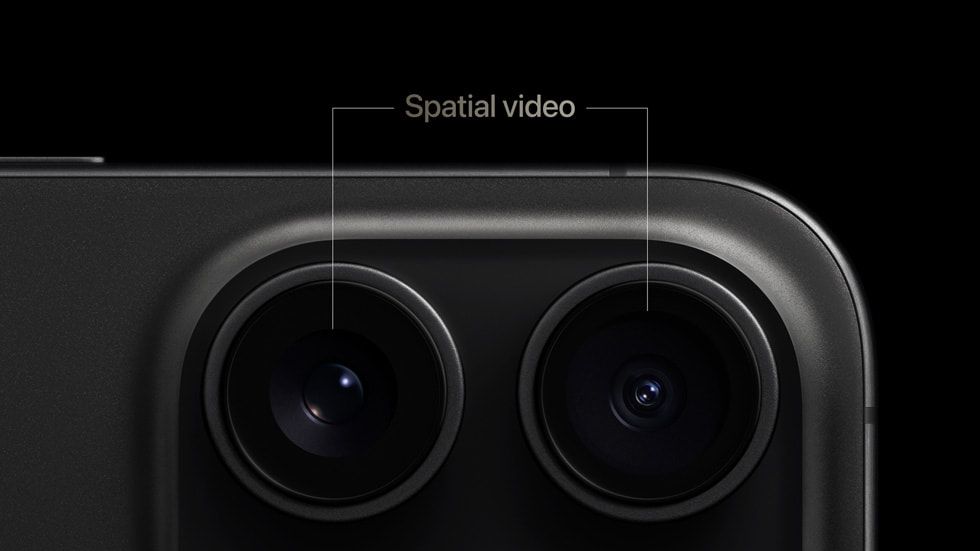Key Takeaways
- Spatial video is Apple’s name for stereoscopic 3D video, with spatial photos offering a similar effect for still images.
- Spatial videos take up more storage and drain more power, but offer a distinct and immersive viewing experience.
- The iPhone 15 Pro, 15 Pro Max, iPhone 16, 16 Plus, iPhone 16 Pro, and 16 Pro Max can shoot spatial videos and photos in addition to the Apple Vision Pro headset.
Apple made several camera-related improvements in its iPhone 16 lineup, one of which is that all devices introduced in 2024 can shoot spatial videos and photos. So what exactly are spatial videos, and how can you shoot them?
What Are Spatial Videos?
When you record a video on your smartphone, it’s usually captured in the traditional 2D format. When you watch these recorded videos, you lack a sense of the depth and dimension since they are recorded from a single lens. This depth is the key difference between spatial videos and traditional 2D videos.
Spatial videos, also known as stereographic 3D videos, provide a more lifelike viewing experience. They offer a rich and dynamic 3D representation of a place and the objects within it. When you watch a spatial video, it feels like you’re reliving the moment captured on screen as the effect better replicates what you see in real life.
You’re probably wondering if spatial videos are similar to the 3D videos that have been around for a while. The answer is yes, it’s just that Apple prefers its own marketing terms. These videos are subject to the same limitations as 3D videos shot on other devices in that you aren’t able to move around the scene, and instead are locked to the perspective from which the video was shot.
The reason spatial videos are such a big deal is that they feel personal. Unlike many experiences designed for VR headsets, where you’re watching a random person in a random setting, spatial videos allow you to view your own moments in a realistic, immersive way.
For example, you can record a spatial video of your friend’s birthday party and watch it later, feeling as if you’ve stepped back into that moment in real life.
Which iPhones Can Shoot Spatial Videos?
Apple introduced spatial video in 2023 exclusively for the iPhone 15 Pro and Pro Max. However, the feature wasn’t available at launch. It was introduced later with the iOS 17.2 update, which was released a few months after the devices debuted.
Before the iPhone 16 series, spatial videos were exclusive to the iPhone 15 Pro models. Now, this capability is a standard feature across the iPhone 16 series. This means you can record spatial videos on the iPhone 15 Pro, 15 Pro Max, iPhone 16, iPhone 16 Plus, iPhone 16 Pro, and iPhone 16 Pro Max.
However, there’s still a small difference between the iPhone 15 Pro models and the iPhone 16 series when it comes to capturing 3D spatial content. While the iPhone 15 Pro models can only capture spatial videos, all the devices in the iPhone 16 series can also capture spatial photos.
The concept of spatial photos is very similar to spatial videos. You can capture a photo in stereoscopic 3D, giving you a more immersive experience, as if you’re reliving the moment when viewing it.
Furthermore, the Pro models of the iPhone 16 series will also feature spatial audio in spatial videos. This means that when you watch spatial videos recorded with iPhone 16 Pro models on a compatible device, the audio in the video will feel like it’s coming from the direction of its source.
Do Spatial Videos Take Up More Storage?
Spatial videos take up more storage on an iPhone compared to regular videos. The reason is that, unlike traditional 2D videos, spatial videos capture multiple perspectives of an environment, allowing them to create a 3D effect when viewed. This extra processing, combined with capturing multiple perspectives, increases the overall file size of spatial videos.
All compatible iPhone devices record spatial videos in 1080p at 30 frames per second in HEVC format. For comparison, when you record a one-minute regular video on your iPhone at 1080p and 30 FPS, its size will be around 60 MB. However, a one-minute spatial video will be around 130 MB.
You should also consider the additional power drain involved in shooting video using two lenses, and the processing required to merge these videos (from lenses of differing perspectives). In short, spatial videos and photos will drain more power than their 2D counterparts.
How Do You Shoot Spatial Videos?
Recording spatial videos on your iPhone is as simple as recording any other video. The first thing you need to ensure is that the spatial mode toggle is enabled in your iPhone’s Settings app.
To enable it, open the Settings app, tap on the “Camera” option, select “Formats,” and enable the “Spatial Video for Apple Vision Pro” toggle. Once enabled, open the Camera app and switch to the Video tab. In the Video tab, tap the spatial video icon and rotate your iPhone to landscape mode as iPhones don’t support recording spatial videos in portrait mode.
Then, press the “Record” button.
The Camera app will start recording the spatial video, and you’ll be prompted to stay within 3 to 8 feet of the subject for the best depth effect.
What happens behind the scenes is that your iPhone uses both its main and ultrawide cameras to record two 1080p 30fps videos simultaneously. It then scales the field of view from the ultrawide camera to match that of the main camera using computational photography, saving everything as a single video file in HEVC format.
Do You Need Vision Pro to Watch Spatial Videos?
Although you can watch spatial videos on your iPhone, they will unfortunately appear just like a normal video. To fully experience the added depth of spatial videos, you’ll need to view them on an Apple Vision Pro.
In addition to the Vision Pro, you can also enjoy spatial videos on a Meta Quest 3 headset. If you have a native PC VR headset, you can use the Spatialify app to convert spatial videos into regular SBS 3D format.
By making spatial video a standard feature in the iPhone 16 series, Apple brought 3D video and photo capture to a wider audience. But with a very limited number of users owning the $3,500 Vision Pro or the $500 Meta Quest 3, relatively few iPhone owners will be able to make the most of the 3D video experience offered by spatial videos.
-
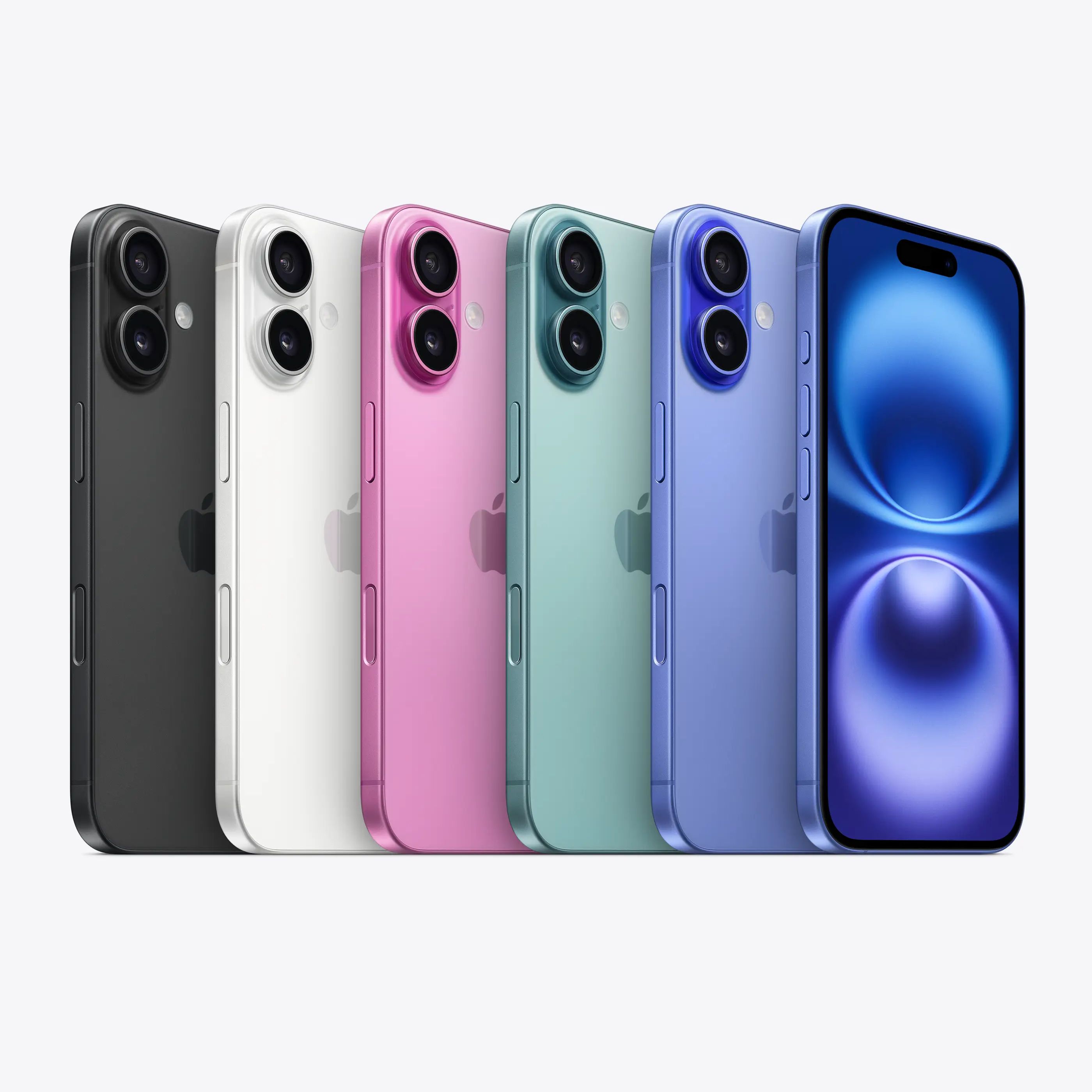
Apple iPhone 16
Apple’s newest iPhone featuring a camera button, programmable action button, and artificial intelligence features.
-
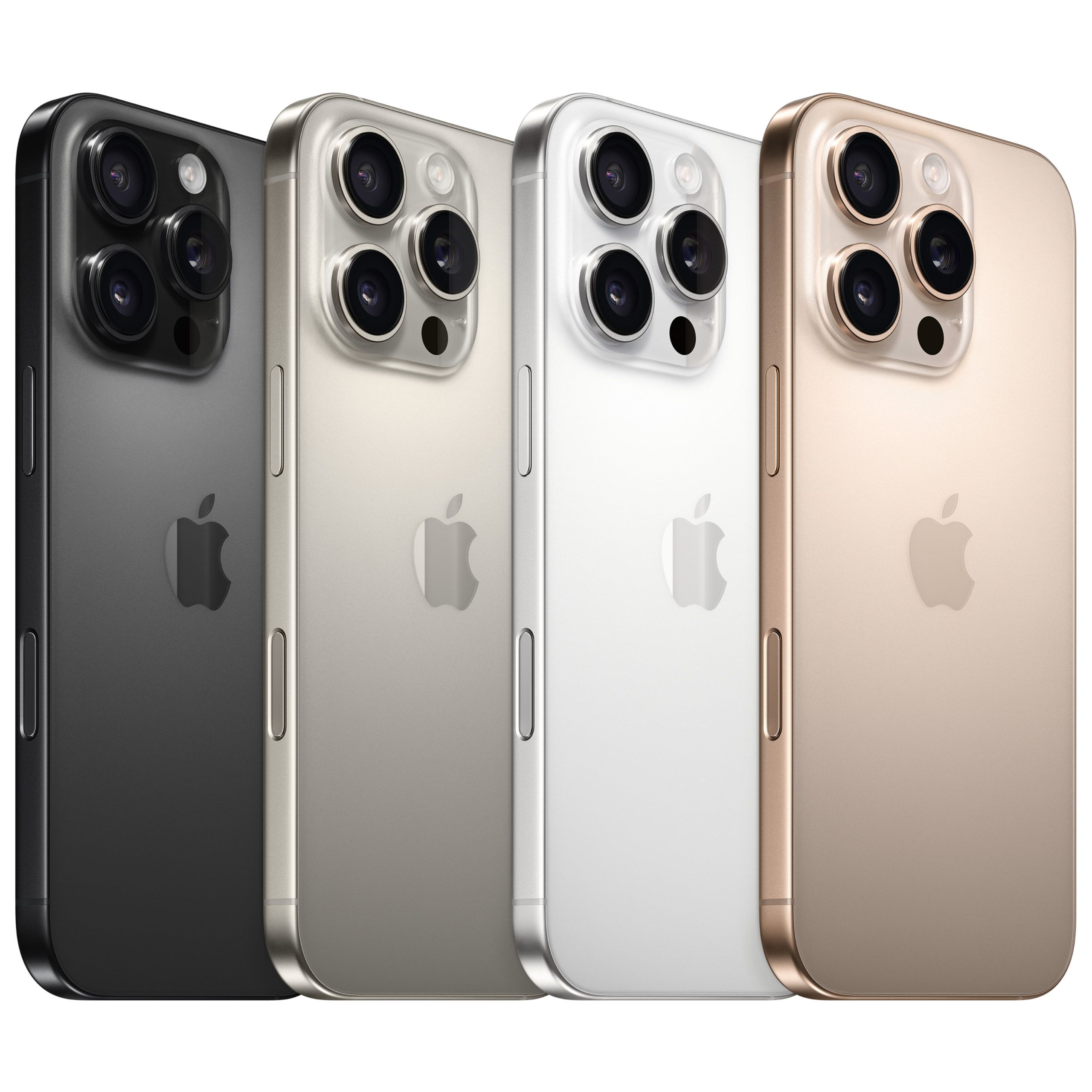
Apple iPhone 16 Pro
A version of Apple’s newest iPhone with a larger screen featuring a camera button, a programmable action button, and artificial intelligence features.
-
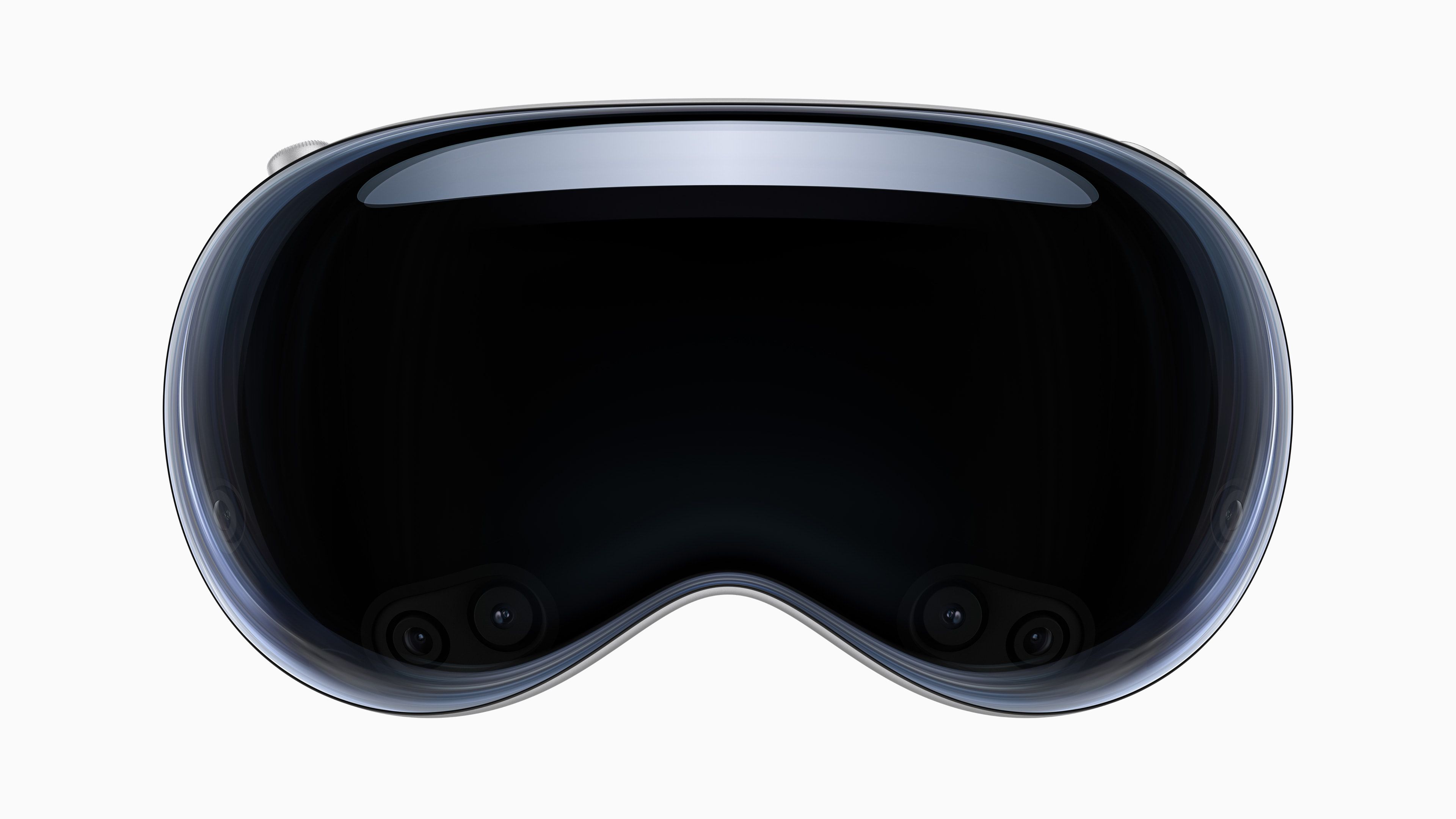
Apple Vision Pro
Apple Vision Pro blends digital content with your physical space. You navigate by using your eyes, hands, and voice. Browse the web in Safari, create a to-do list in Notes, chat in Messages, and seamlessly move between them with a glance.


